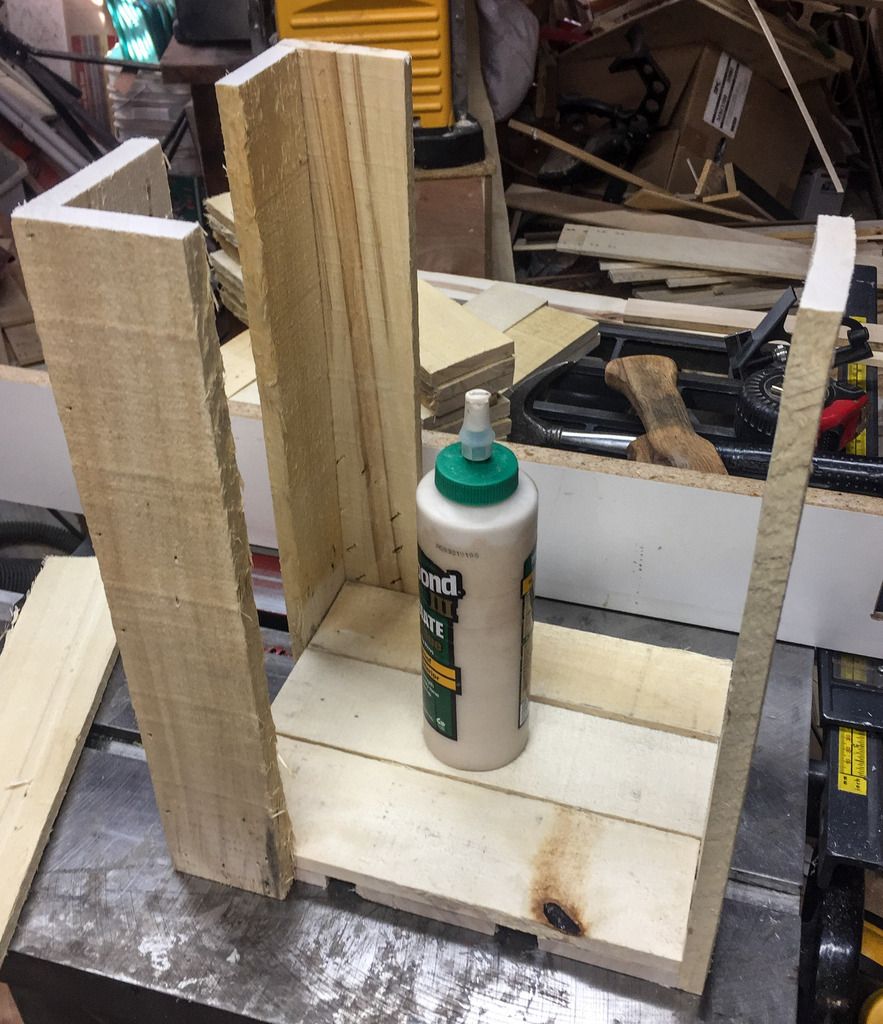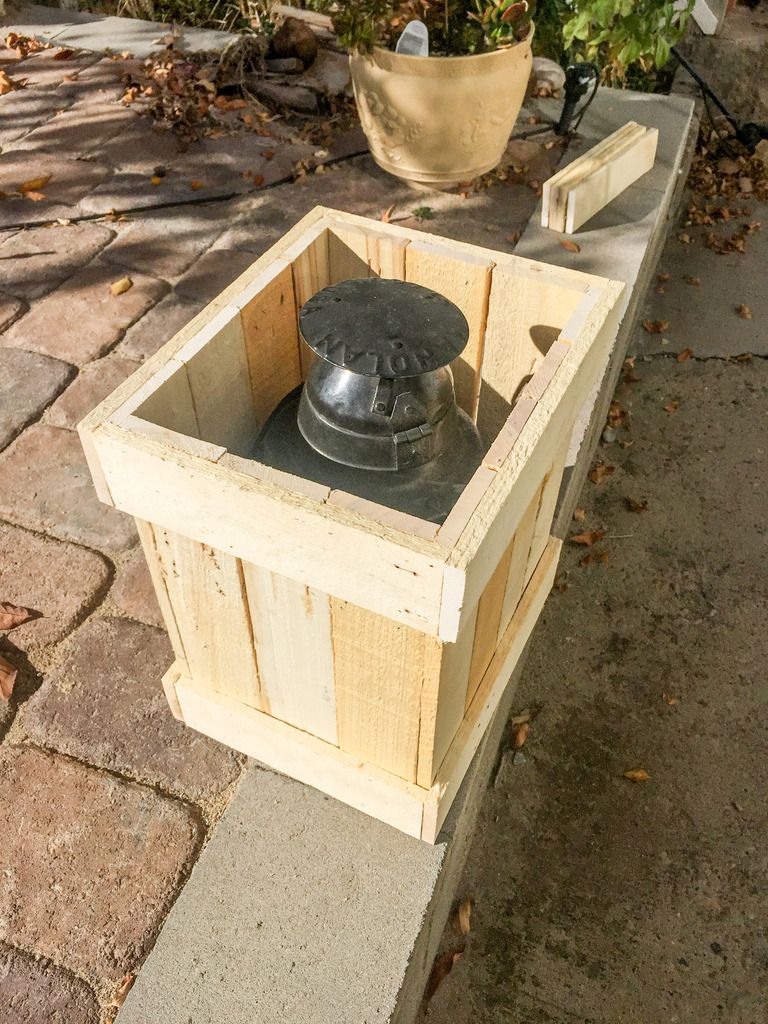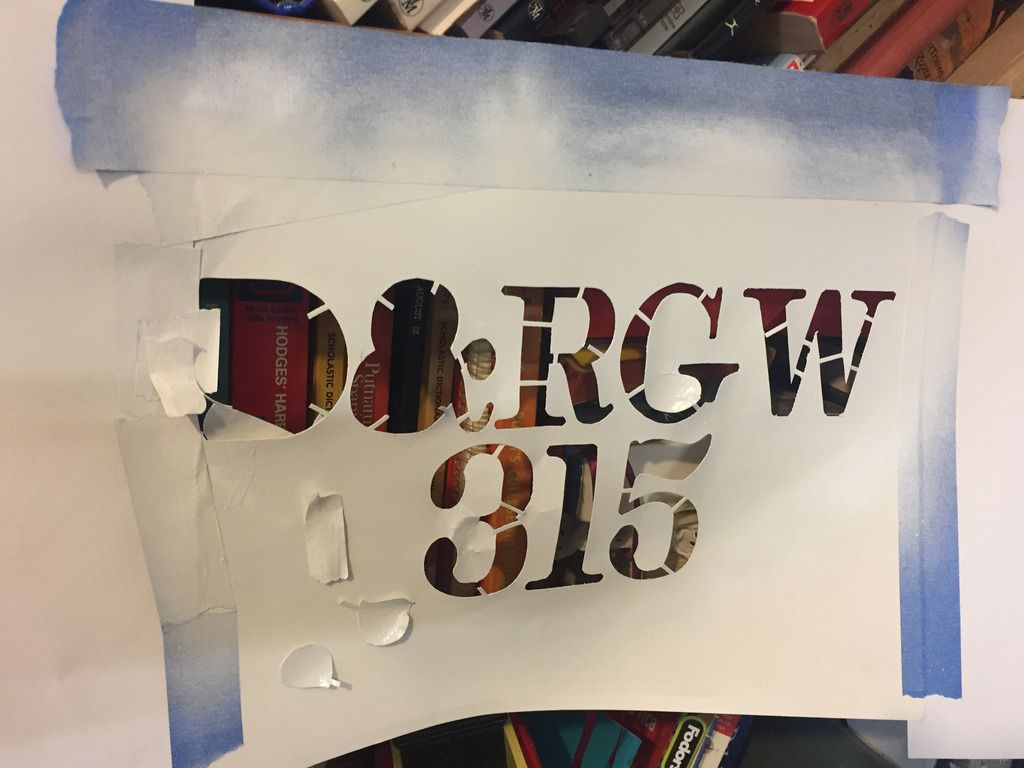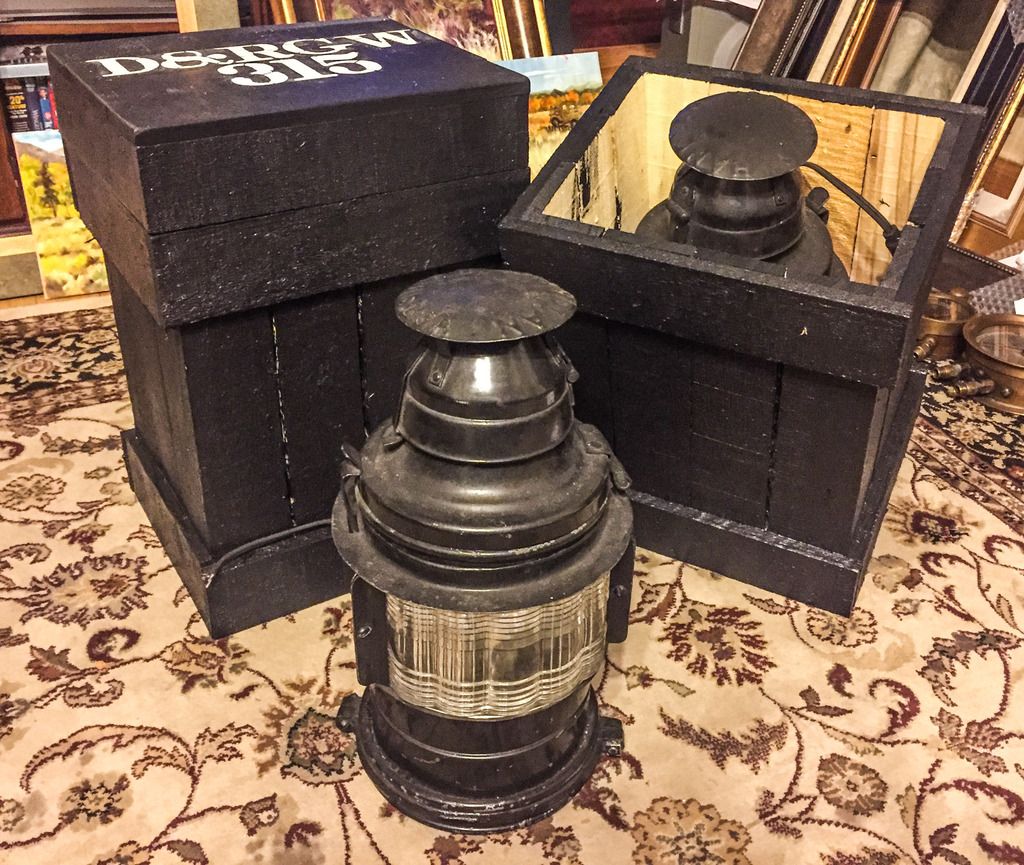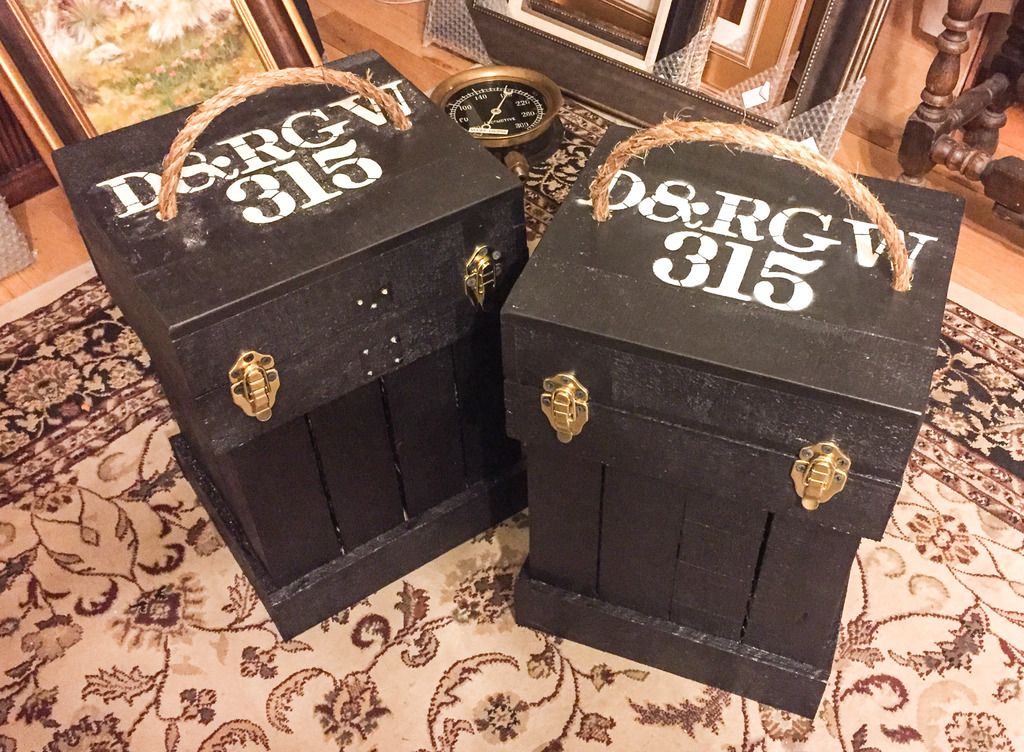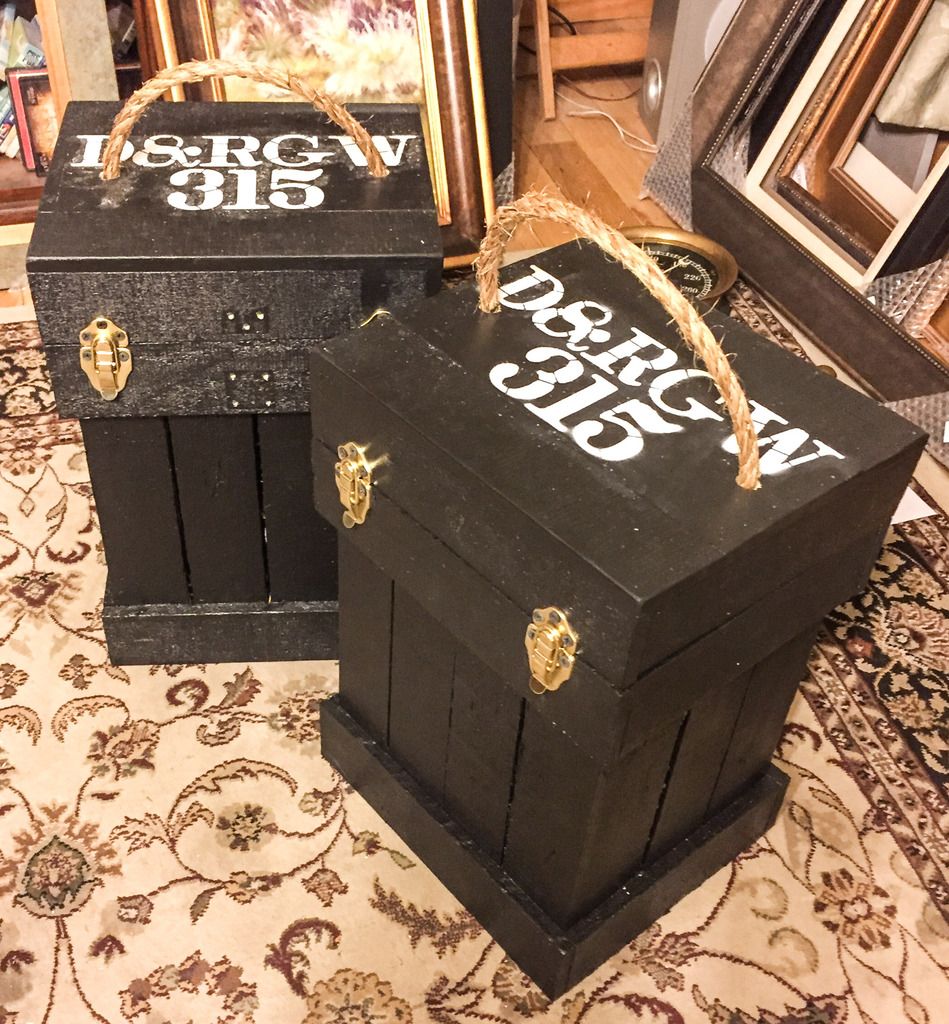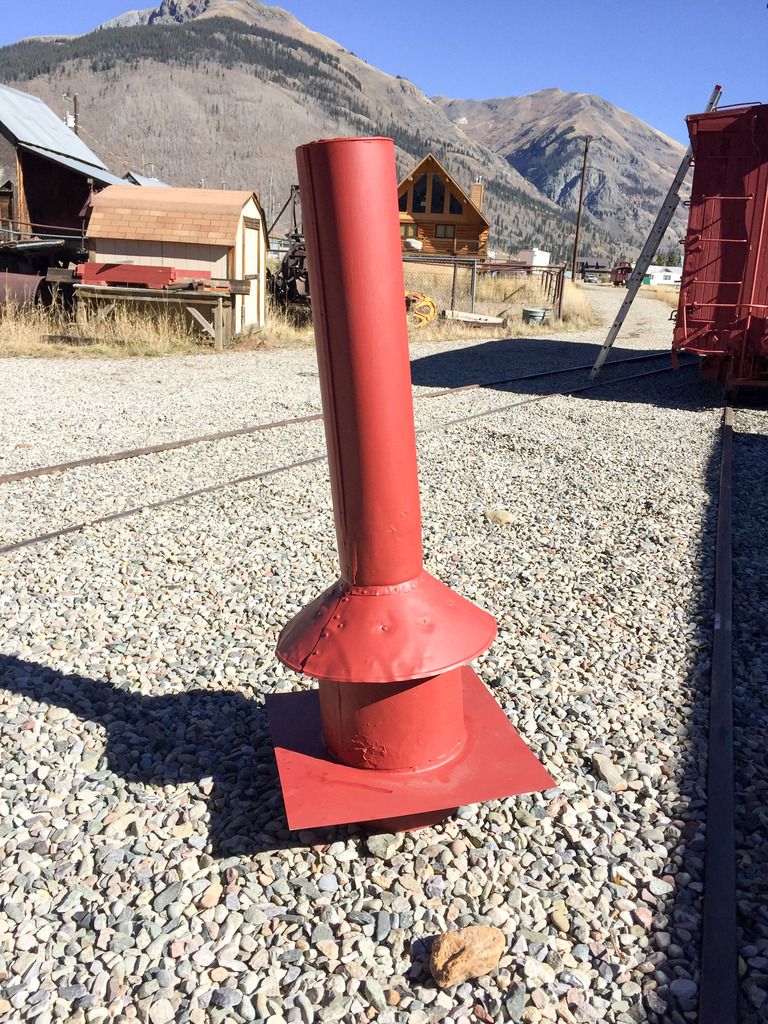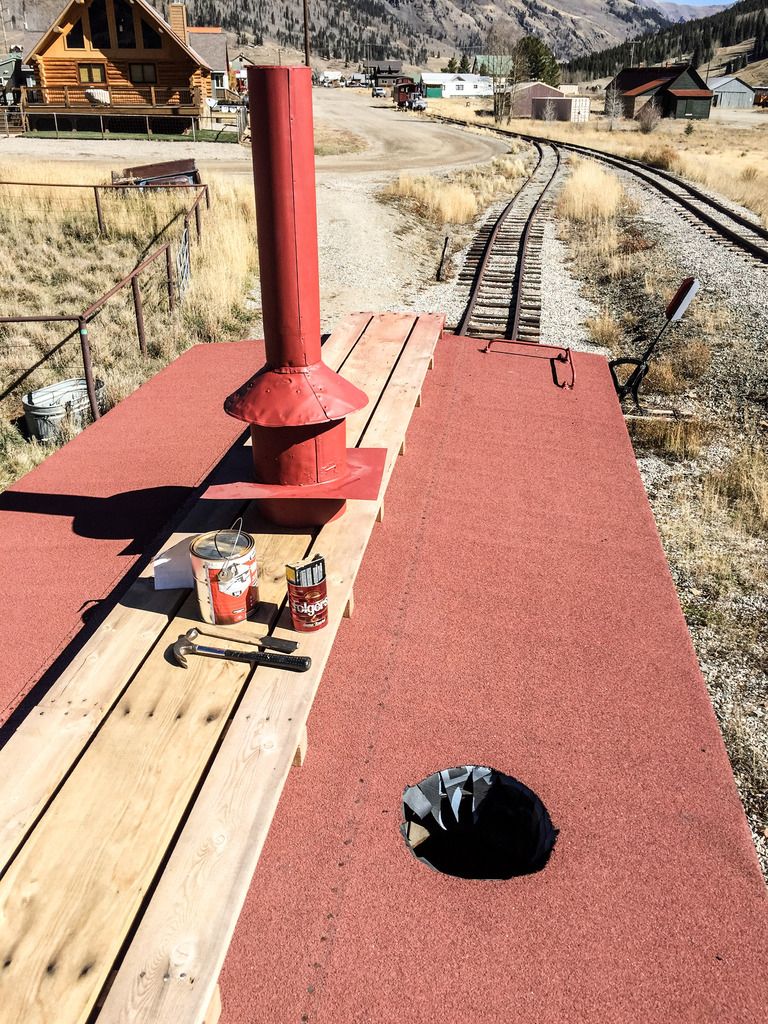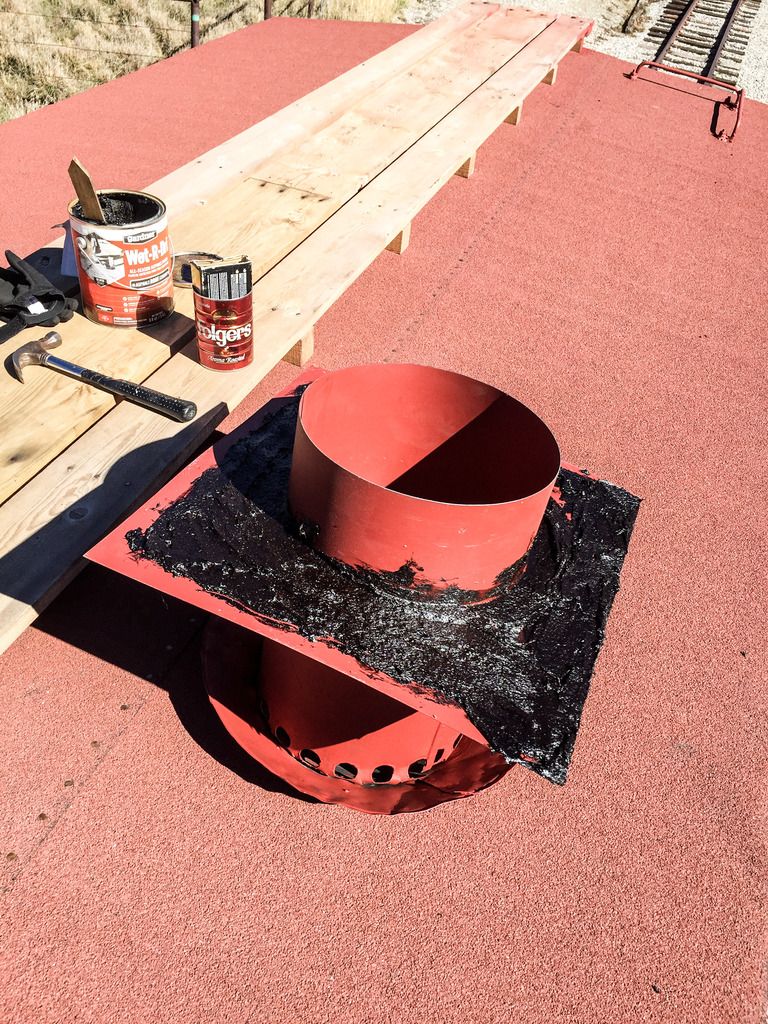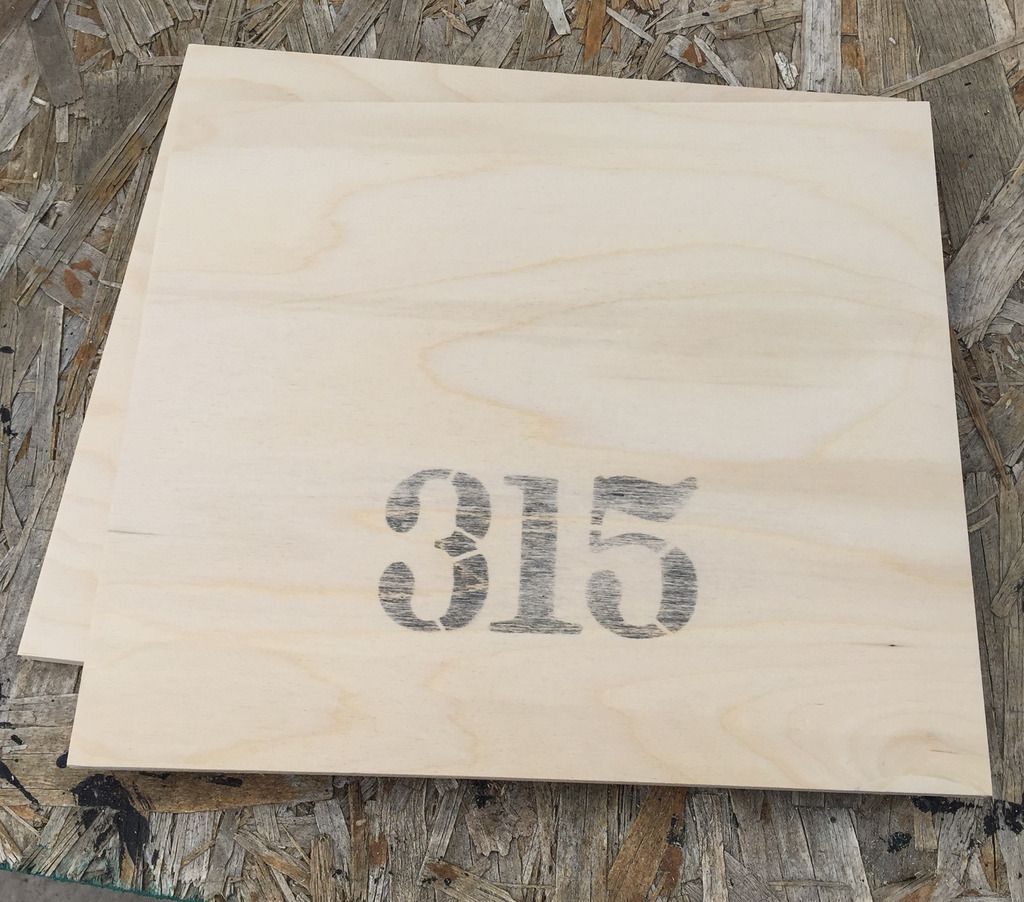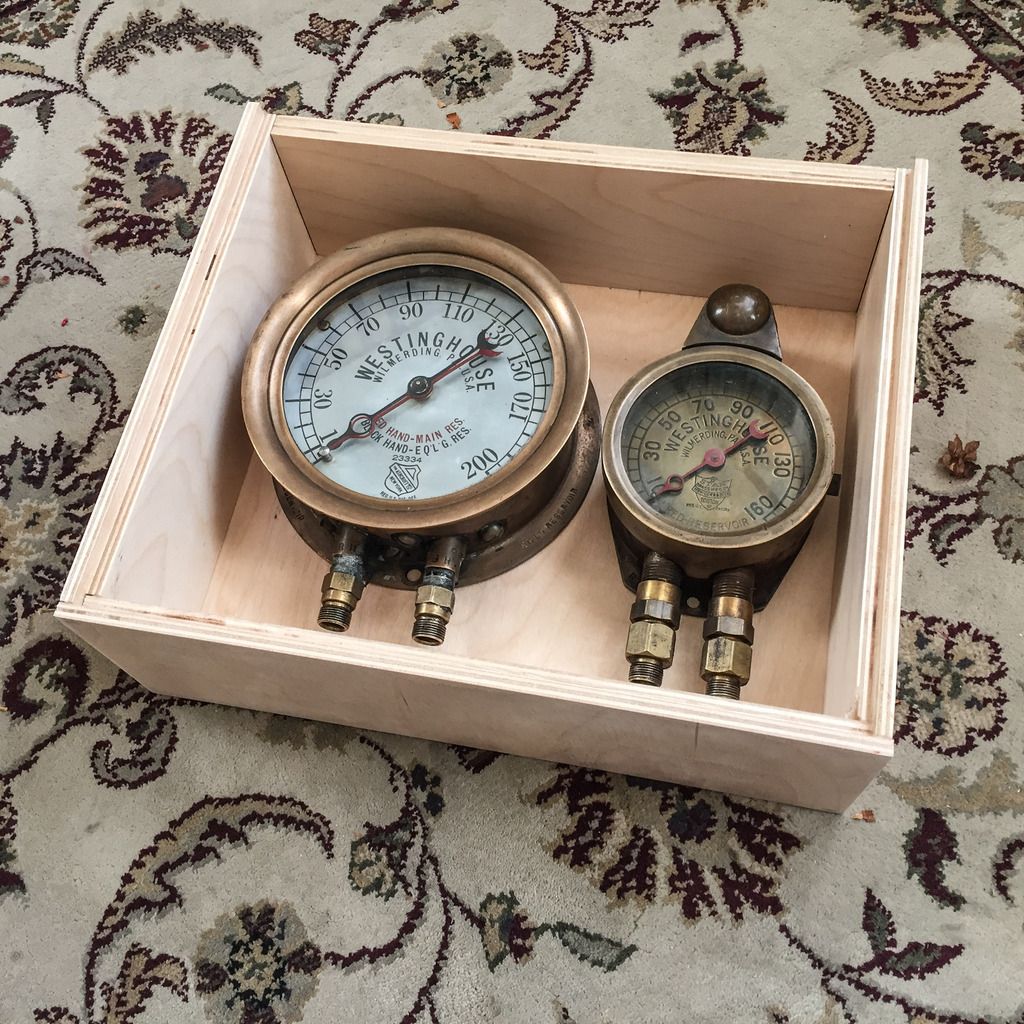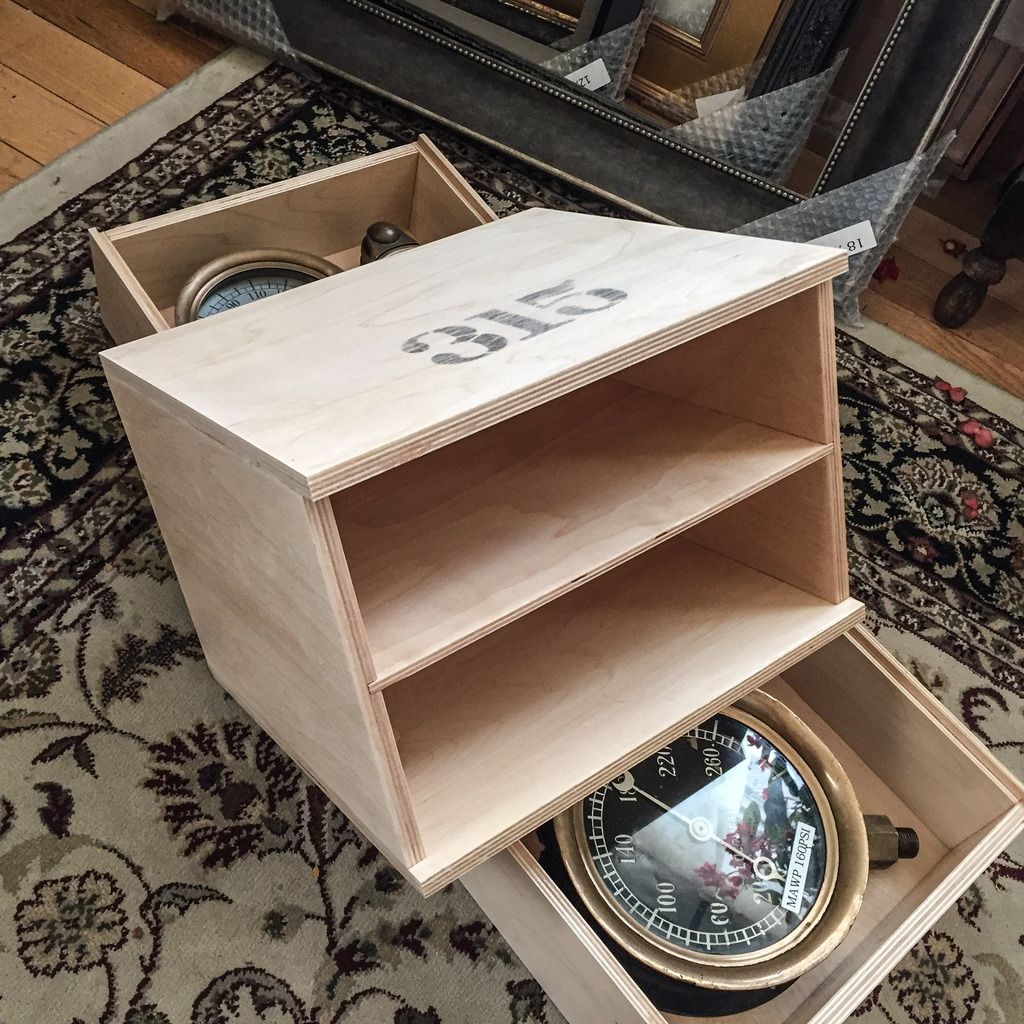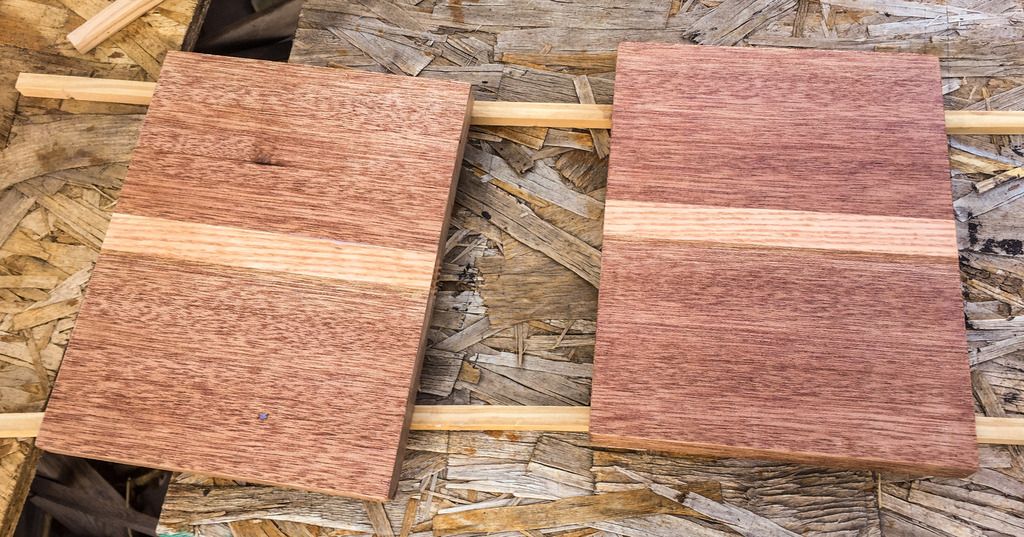Have spent the past couple of days in the shop when I had the time. When we run 315 we have to do all the daily maintenance, greasing, oiling and etc. To grease the main rods, we have a “Alemite” air powered grease gun. They are very expensive, if you can even find them, really working antiques. It weighs about 15 lb. and big, like two hands full, and your helper feeds 1" sticks of grease into its hopper and shoot the bearing. We have had to lug this beast around when we have to do roadside maintenance , like we had to on top of Cumbres pass when we stayed overnight. We needed a way to protect and haul the gun and the grease and the air hoses around.
Here is what I came up with.
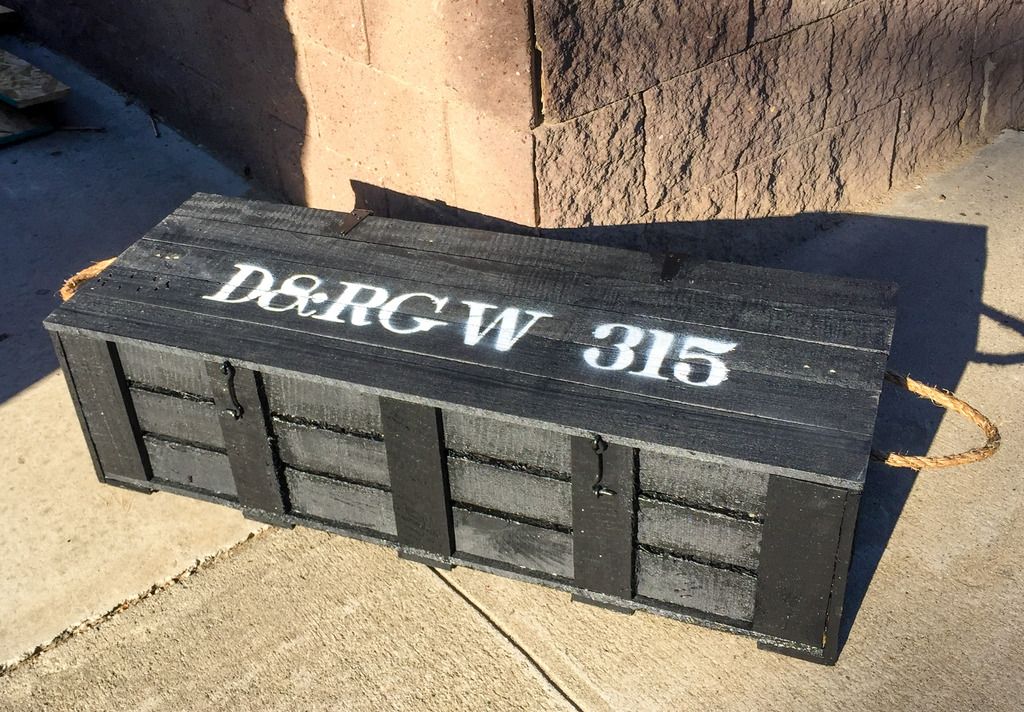

As I was free hand building from scrap pallet wood, I wanted it to look Age Appropriate for the late 30’s. Just typical old crate style. Then about 3/4 of the way thru I realized that it was the size and look of an old army ammo crate. I thought that I had seen it before. Yup, 2 each 155 Howitzer rounds. Made to fit up on top of the tender water wall legs, and still look OK in photo run by’s.
Next Up: Cases for our very rare classification lights.



